The 2016-2017 Dota 2 competitive season was punctuated by the release of Patch 7.00, the first entirely new version of the game in 11 years. It turned the game completely upside down, with new mechanics such as talent trees, shrines, a vastly rearranged map, and the first Dota 2 original hero: Monkey King.
It also saw the arrival of one of the most well-received patches in recent history: Patch 7.06. This patch, and its minor revisions, survived three whole months of competition, including the Kiev Major and The International 7. Although it became rather stale towards the end of its lifetime, the patch was still a shining example of great balance and hero diversity.
TI7, in particular, was a spectacle of near-perfect harmony. Out of the 112 heroes available for selection at the time, only five went completely unpicked in Seattle. That adds up to 95.5 percent of the entire hero pool, making TI7 the most diverse and inclusive iteration of the annual world championship tournament.
But of course, even in the most balanced periods in the competitive scene, there will always be picks that stand out above the rest. The past year was no exception, and so it’s worth turning back time and taking a look at the most influential heroes in 2017’s metagame.
Slardar

Slardar was one of the most popular initiators last season. This was particularly true at the Boston Major, where he was picked and banned 52 times throughout the group stage and the playoffs. In the 22 games where he was selected, he posted an eye-popping 59 percent win rate.
Despite receiving three nerfs prior to the patch that the Boston Major was played in (6.88f), the hero was still a serious threat at the tournament. He was very effective at his role thanks to the ganking potential brought about by Guardian Sprint, and the potency of the Blink Dagger/Slithereen Crush combo.
Gustav “s4” Magnusson’s performance on Slardar in the grand finals showed just how dominant the hero was at the time—particularly in game two, as the following clip demonstrates.
Night Stalker
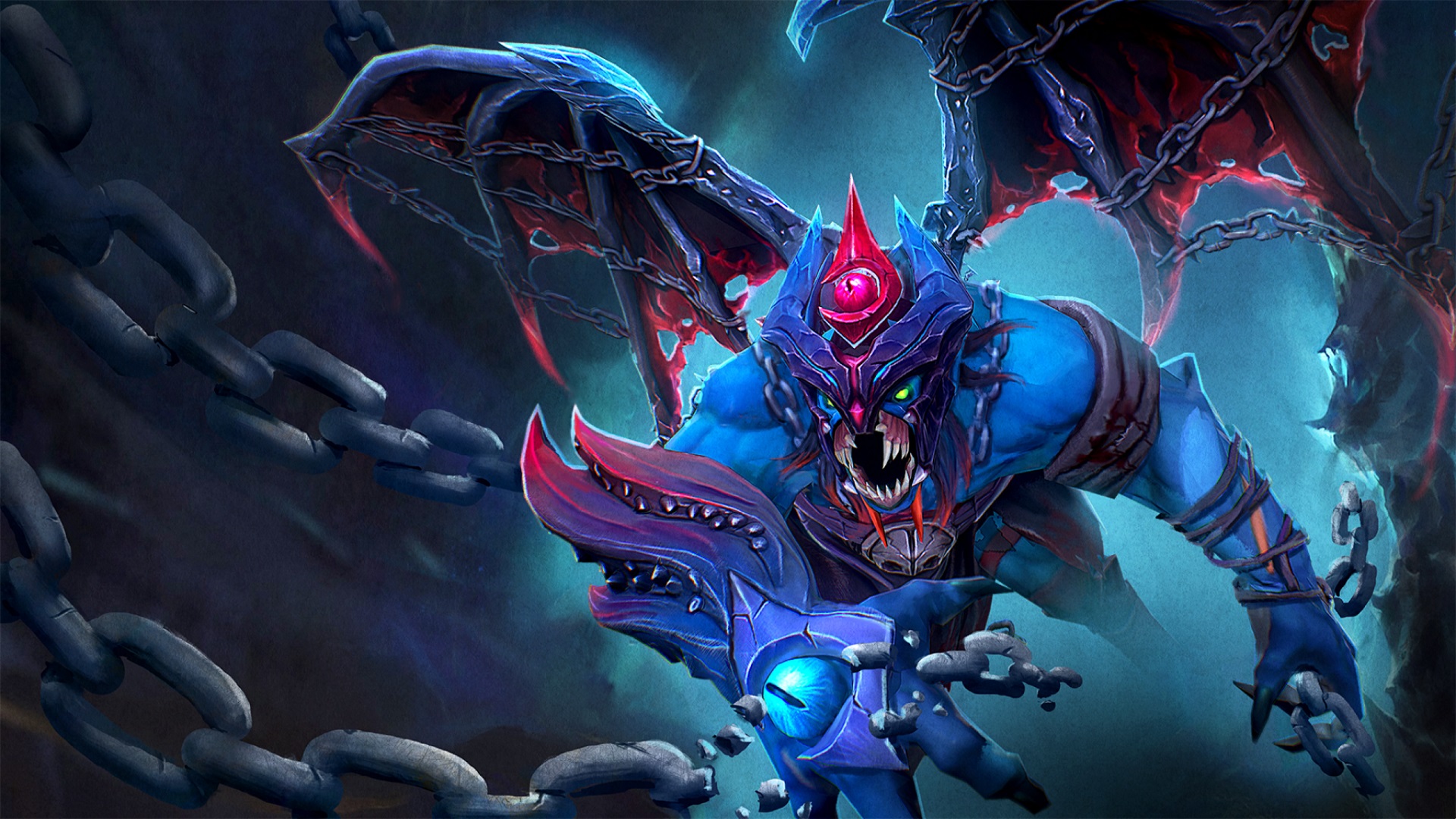
Night Stalker was the most picked and banned Strength hero at TI7, and for one very obvious reason. In Patch 7.06, Hunter in the Night got a massive buff, which allowed the hero to gain flying movement (read: unrestricted pathing) for a short period of time.
Since 7.06 was all about roaming supports, this made Night Stalker extremely powerful in the metagame. Ganking the sidelanes became ridiculously easy thanks to the hero’s ability to completely ignore terrain.
This alone meant that diving tier one towers in the early game was far less of a risk—and teams were quick to either capitalize on Night Stalker’s newfound power, or lock it away altogether with a ban.
Even though the hero won slightly less than half of his games at TI7, his influence was undeniably far-reaching. A true terror in the night, Night Stalker deservedly held first phase ban status at TI7.
Necrophos
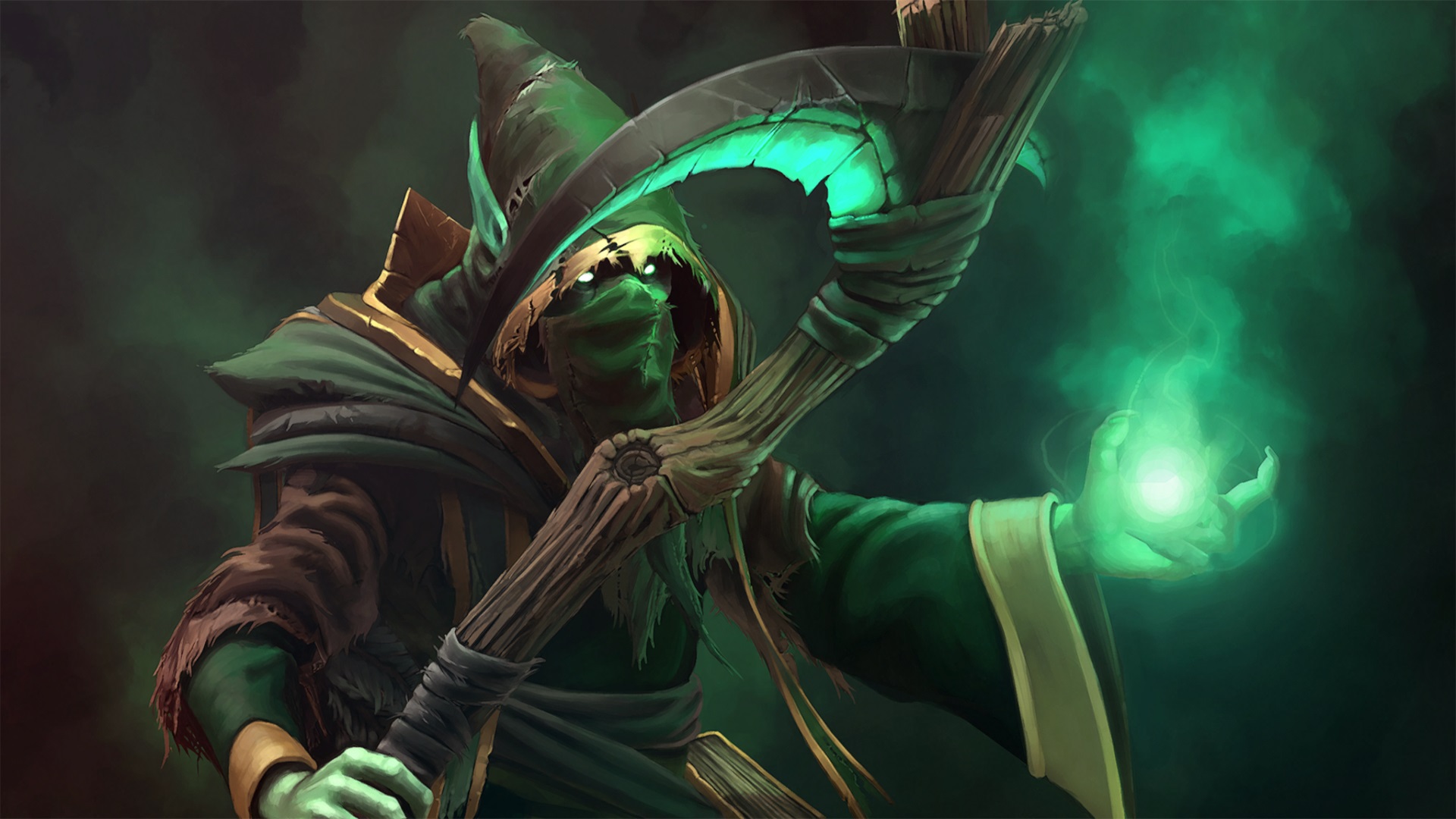
The Grim Reaper himself was the undead poster boy of the 7.06 era—or at least the latter half of it: 7.06 jacked up the regeneration bonus of his Ghost Shroud by 25 percent, causing him to shoot up to the upper echelons of the metagame.
This buff made Necrophos extremely difficult to kill, whether in the laning phase or during large scale teamfights. When combined with instant restoratives like Magic Stick or Magic Wand, plus the rest of his kit, the hero had nearly unlimited sustain.
It was completely demoralizing to see Necrophos’ health pool jump all the way back to almost full even after unloading a bunch of nukes on him, all because of a single item and his W ability. Death Pulse’s short cooldown also meant he could kite heroes while healing himself, simultaneously draining their HP with Heartstopper Aura in the process.
TI7 saw Necrophos played in 32 games, and he won nearly 60 percent of them. Team Liquid’s Lasse “MATUMBAMAN” Urpalainen commandeered the hero to great effect in Seattle, posting a flawless 8-0 record with Necrophos by the end of the tournament.
Bristleback
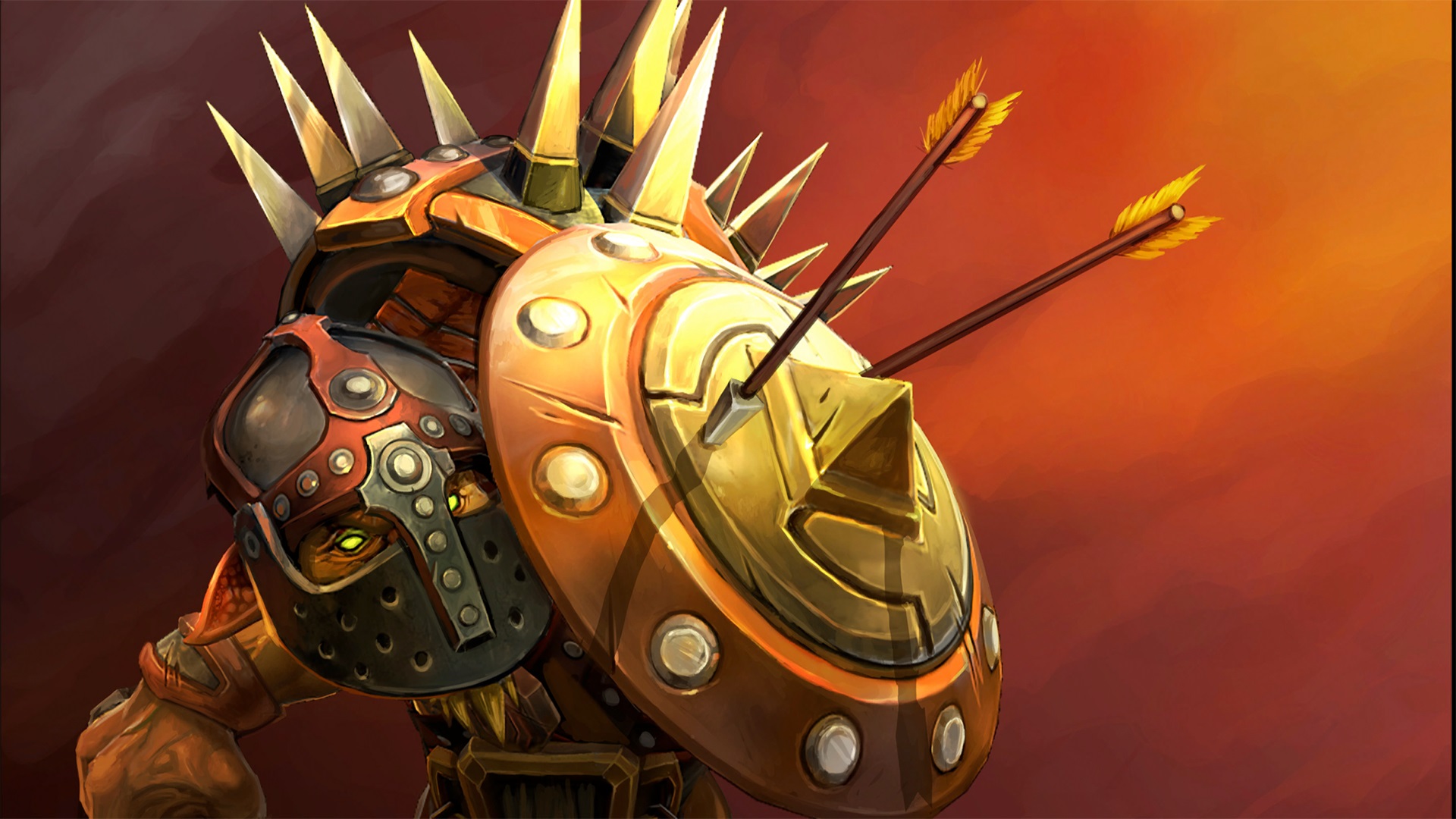
Bristleback enjoyed a brief period of being a top tier carry earlier this year. Both Epicenter season two and the Manila Masters saw the hero used extensively, with an average win rate of almost 61 percent across 42 appearances.
It was yet another case of small yet numerous buffs over time adding up to create a very powerful package. There was no singular large buff given to Bristleback before his time in the spotlight this year. In fact, after receiving a nerf in 6.84c (a patch that was implemented two and a half years ago), every patch thereafter improved his numbers.
It all came to a head in 7.06, which replaced his respawn time reduction talent at level 20 with one that gave him 10 percent spell lifesteal. Combined with Octarine Core, his natural durability increased significantly, which allowed him to stay in fights longer in order to stack Quill Spray on enemy heroes. Warpath’s bonus to his attack damage also allowed him to act as a true right-click hard carry, giving him decent scaling in the late game.
Keeper of the Light
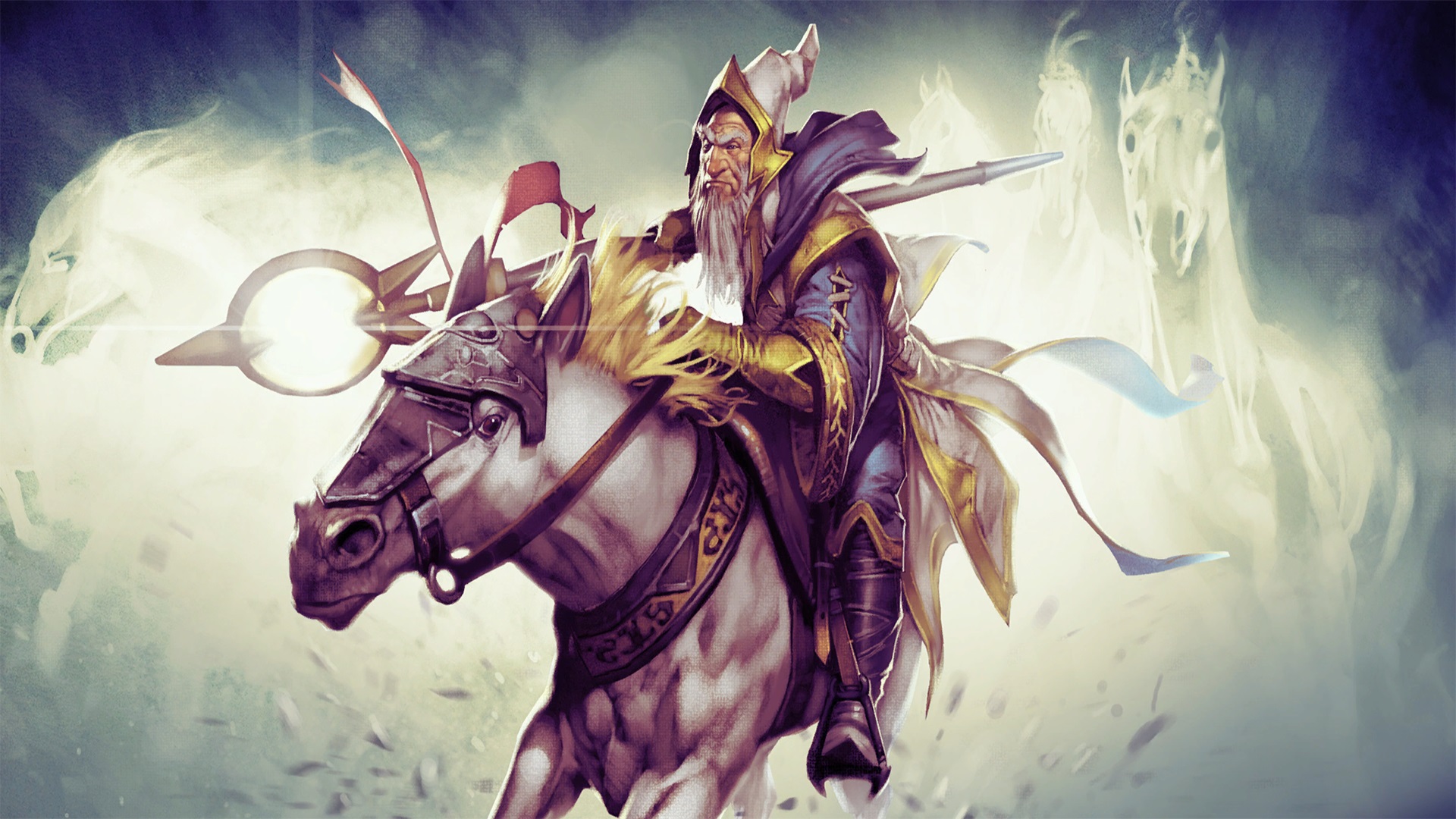
Keeper of the Light wasn’t a hero that really dominated the last season in the same way that the others on this list did. But Maroun “GH” Merhej’s reputation for miraculous performances on him was more than enough to give Team Liquid a huge draft advantage in every game at TI7. In that sense, the hero “defined” the metagame of a single tournament.
We’ve all heard about his fearsome Keeper of the Light play. He was so good with the hero that teams facing the eventual TI7 champions had to make an extremely difficult decision: Either ban KotL and give Liquid’s other players more freedom to take their other comfort picks, or let him through and fight an uphill battle against the incredible sustain he provides.
Choosing the latter often led to the demise of those who were unfortunate enough to go up against Liquid. At TI7, GH posted a 71.4 percent win rate with Keeper of the Light, and was part of some incredible highlights with the hero. His use of Illuminate’s heal (when equipped with an Aghanim’s Scepter) was absolutely exquisite, keeping his teammates topped up even through the most hectic of teamfights and high-ground sieges.
Earthshaker
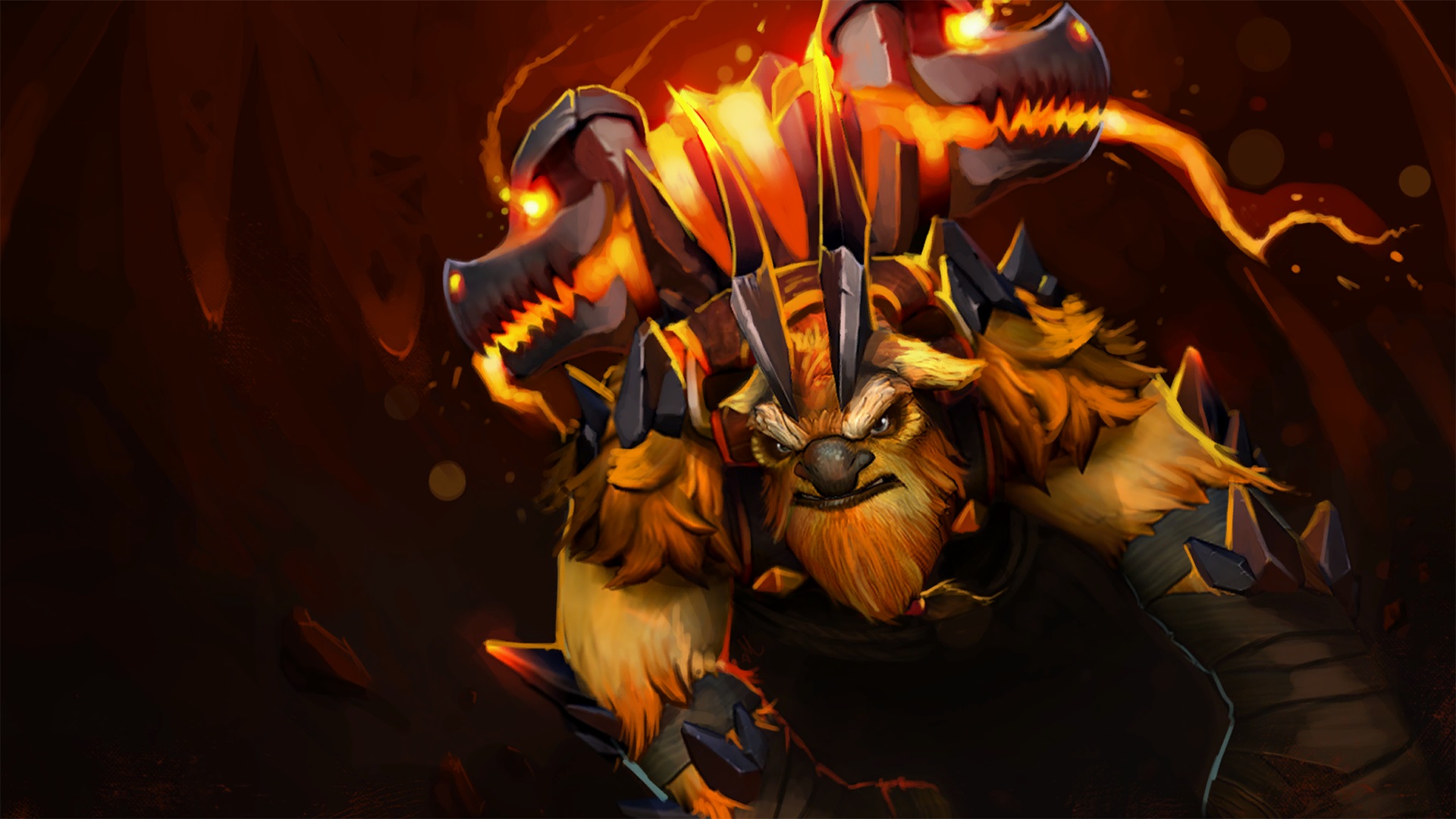
Earthshaker was the fourth most-picked hero at TI7, and the face of the dual roaming meta that 7.06 was all about. After IceFrog decided to put way more importance into laning with 7.06, supports that thrived on terrorizing enemy lanes together went up in popularity.
When paired with mana batteries such as Crystal Maiden and Keeper of the Light, Earthshaker proved to be one of the best choices for dual roaming this year. These two complementary picks helped solve Earthshaker’s early game mana issues, allowing him to constantly set up kills in the lane with Fissure.
Securing the lanes this way helped set core heroes up for the mid game by providing them space to farm and gain levels. Upon purchasing a Blink Dagger, Earthshaker would turn into a frightening mid game threat that could easily disable key targets for long periods of time.
Some mid laners, however, resorted to running Earthshaker as a physical damage dealer. Evil Geniuses’ Syed “SumaiL” Hassan comes to mind in this regard, with EG’s 28-3 game at Epicenter against Invictus Gaming being the shining example of how powerful he was as a core—thanks to the efficiency of Enchant Totem.
This kind of versatility only made Earthshaker an even more dangerous hero in the metagame. While it’s true that Sand King was used way more at TI7, the four percent difference in their win rates by the end of the event tells the story of how Earthshaker was the more effective choice.
Nyx Assassin
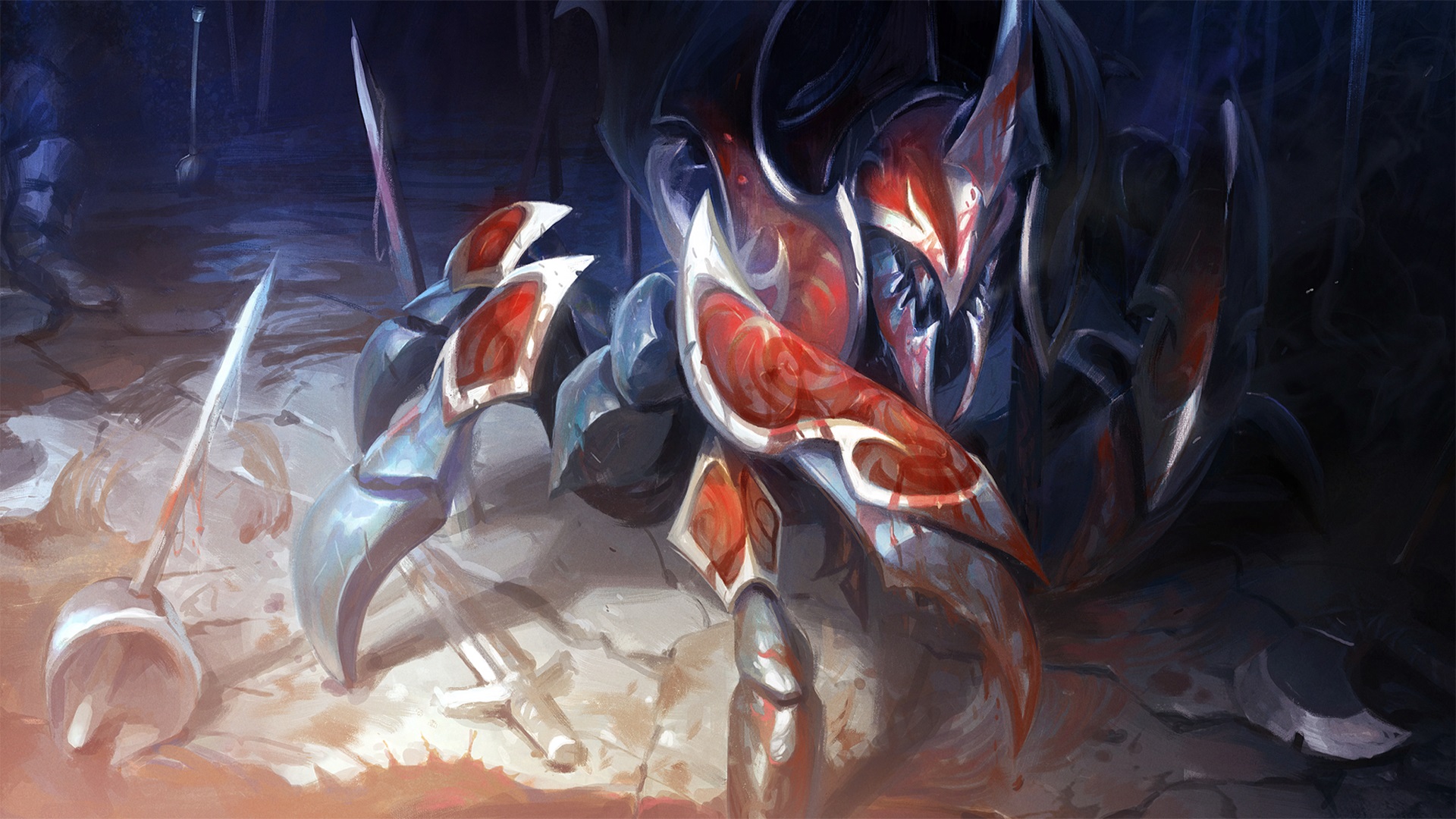
Nyx Assassin was another potent utility support in the 7.06 metagame. Having high natural HP regeneration meant that he could stay in lane for extended periods, and his strong stuns and nukes made him very good at disrupting supports and Intelligence carries in fights.
Spiked Carapace, in particular, helped make sure that area of effect spells had to be used carefully around him, or heroes equipped with such abilities would pay the price. Mana Burn’s cooldown of just four seconds at max level allowed him to punish teams that relied on mana-hungry heroes. Vendetta could be used as a forward scouting tool as much as a straight-up nuke, and multi-man Impales often made huge differences in five-vs-five situations.
With a win rate of 71 percent over 45 games at TI7, Nyx was the most successful hero of the tournament after sample size is taken into account. His effectiveness in the metagame was clear cut, prompting Valve to cage the beetle by nerfing him in 7.06f.
Monkey King

You all knew this hero was going to be at the top of this list. Initially designed to be a hard carry or mid laner, Monkey King turned the Dota 2 metagame on its head by crushing the opposition as a support.
On paper, Monkey King’s abilities look like what you’d expect from a strong mid-to-late game damage dealer. Jingu Mastery gives him decent scaling as a right-click carry, and Boundless Strike allows him to deal huge burst damage to multiple heroes in teamfights.
This was true for a while after his initial release into the game, but his overpowered nature as a core forced IceFrog to hose him down in that role. Patches 7.01 to 7.03 all placed nerfs on Monkey King, particularly in his ability to deal consistent early game damage.
Incidentally, 7.03 was when he was finally enabled in Captains Mode. That was also when teams began running him as a greedy utility support, focusing on his fantastic laning capabilities enabled by Tree Dance and Boundless Strike. A skill that helps him set up almost anywhere in the lane, and one that deals a long range stun with decent damage output? That’s a recipe for a very annoying and always-present threat.
In essence, the new support Monkey King was kind of like Earthshaker—but with the ability to jump on top of trees. Late in the game, however, the hero had the luxury of transitioning into a core role, thanks to Wukong’s Command applying secondary attack effects from items like Basher and Desolator.
This property was removed immediately after his time as a support hero. With that gone, his ultimate became less consistent and irritating, and teams decided to stop picking him altogether. After being ignored for quite some time, IceFrog decided to bring him closer to his old role, thanks to buffs to his damage output across the board.
Regardless of where Monkey King stands in the pecking order now, though, not one other hero this year proved just why Dota 2’s metagame can be rather unpredictable more than he did. A hero can be designed to play one way, but some balance changes and the creativity of the pro scene can quickly turn that around.
Hero usage statistics courtesy of Dotabuff.


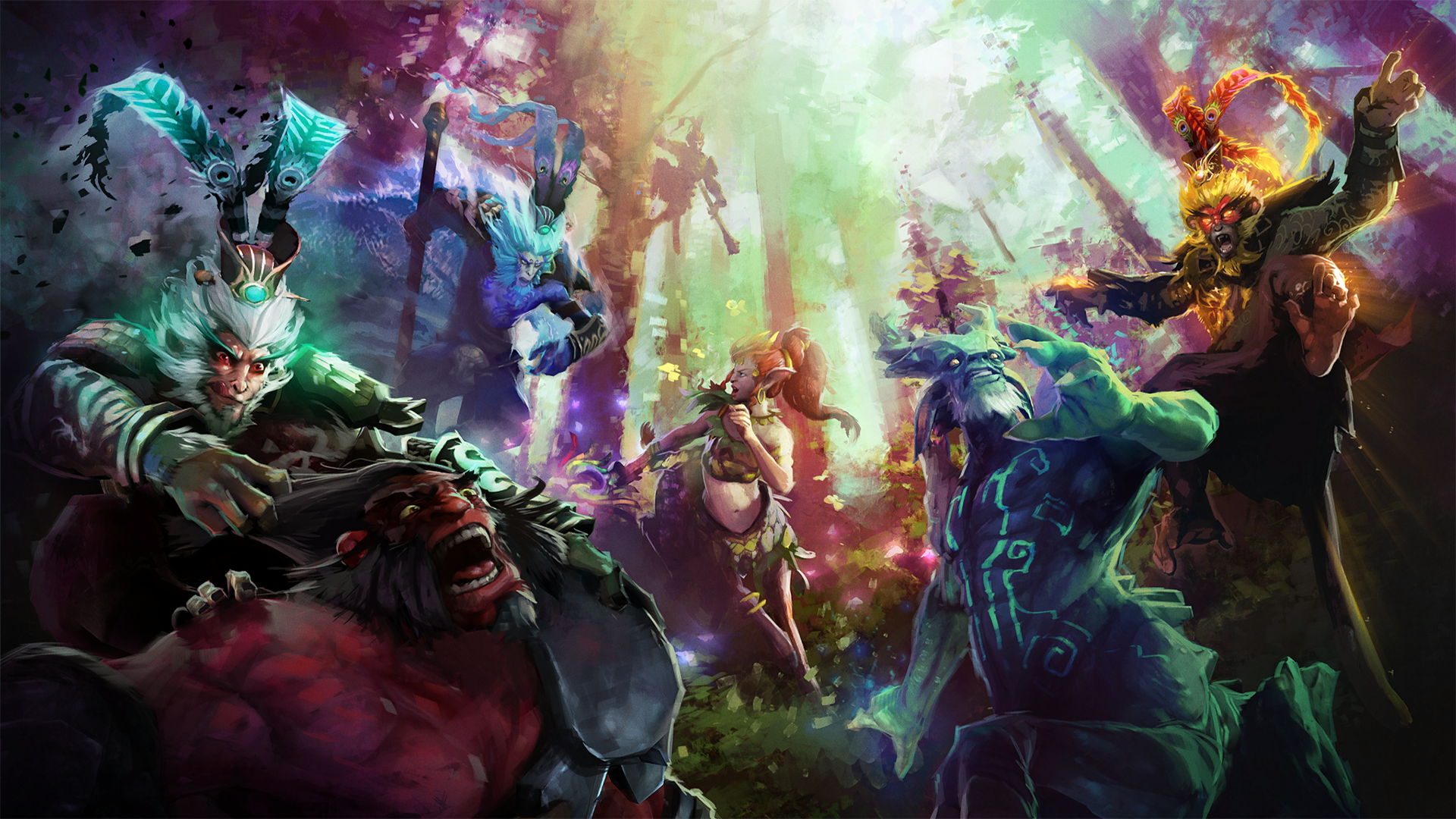
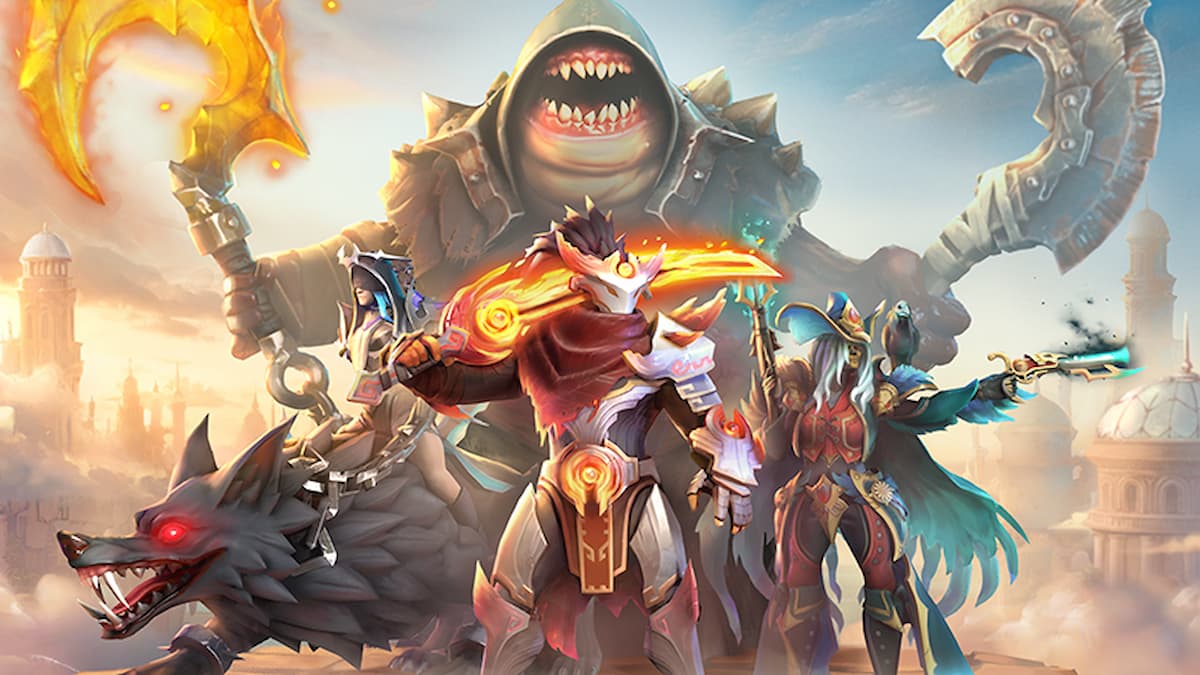


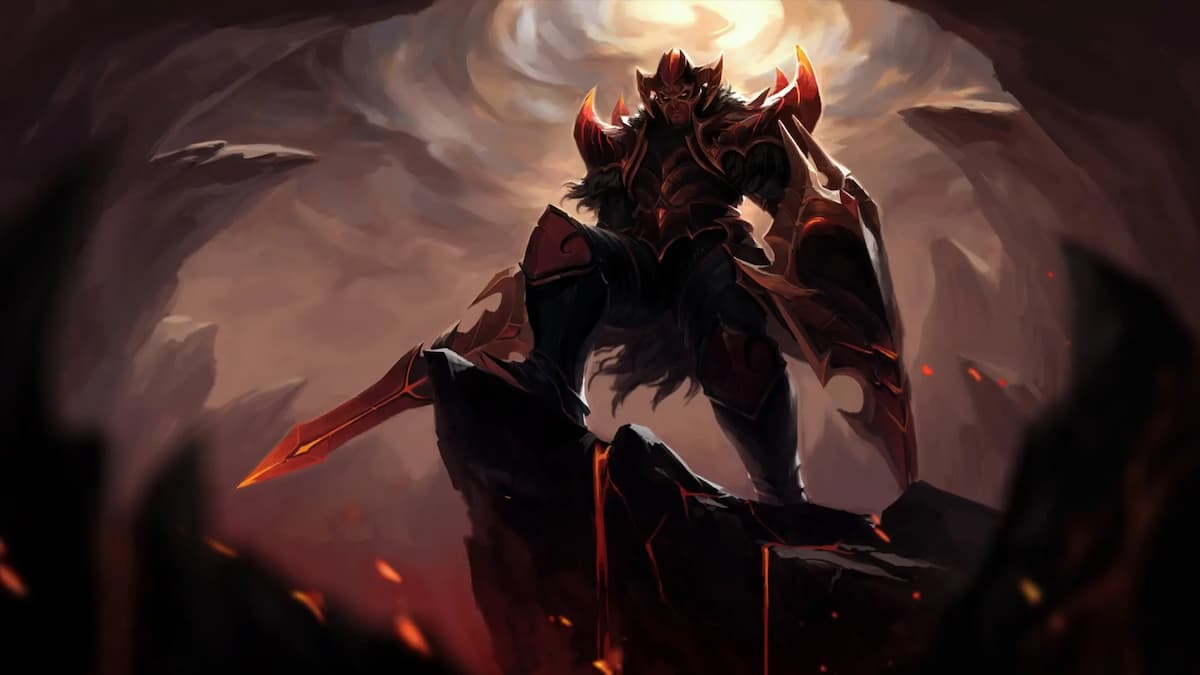
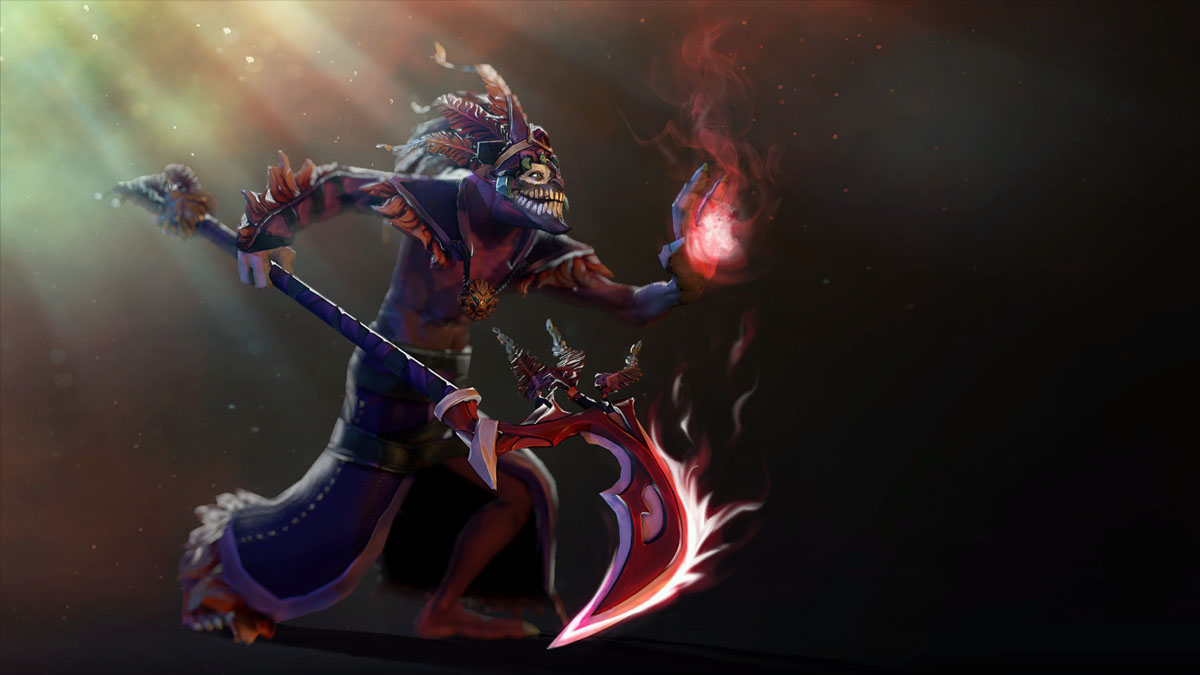

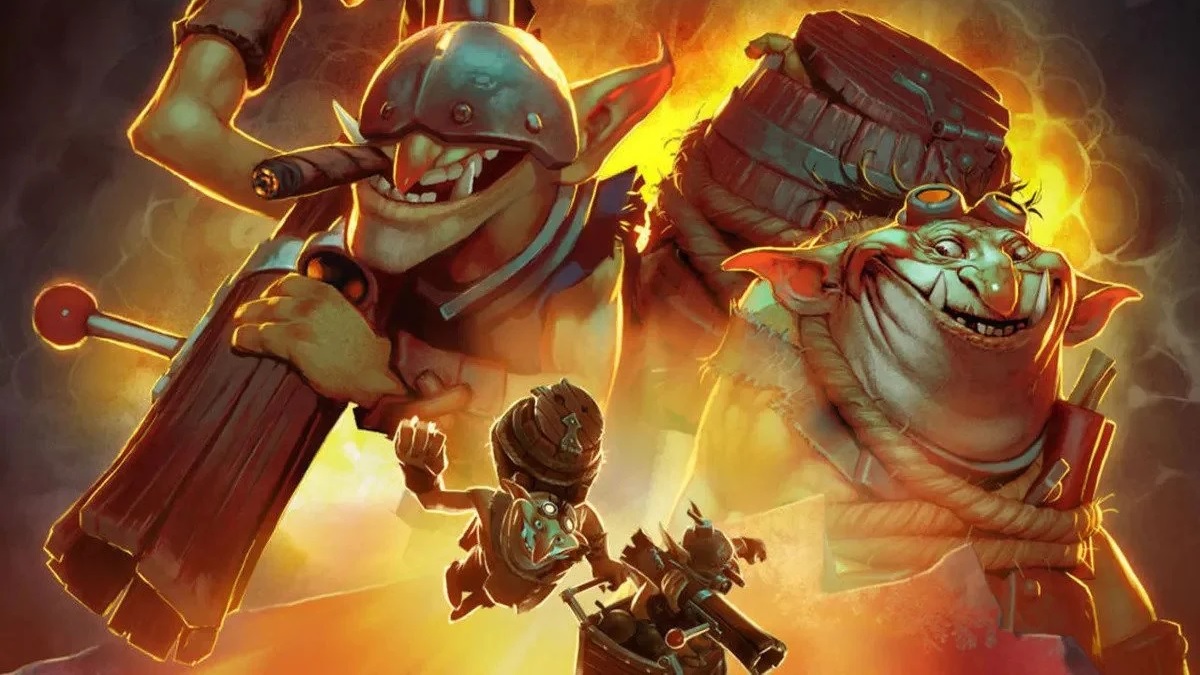
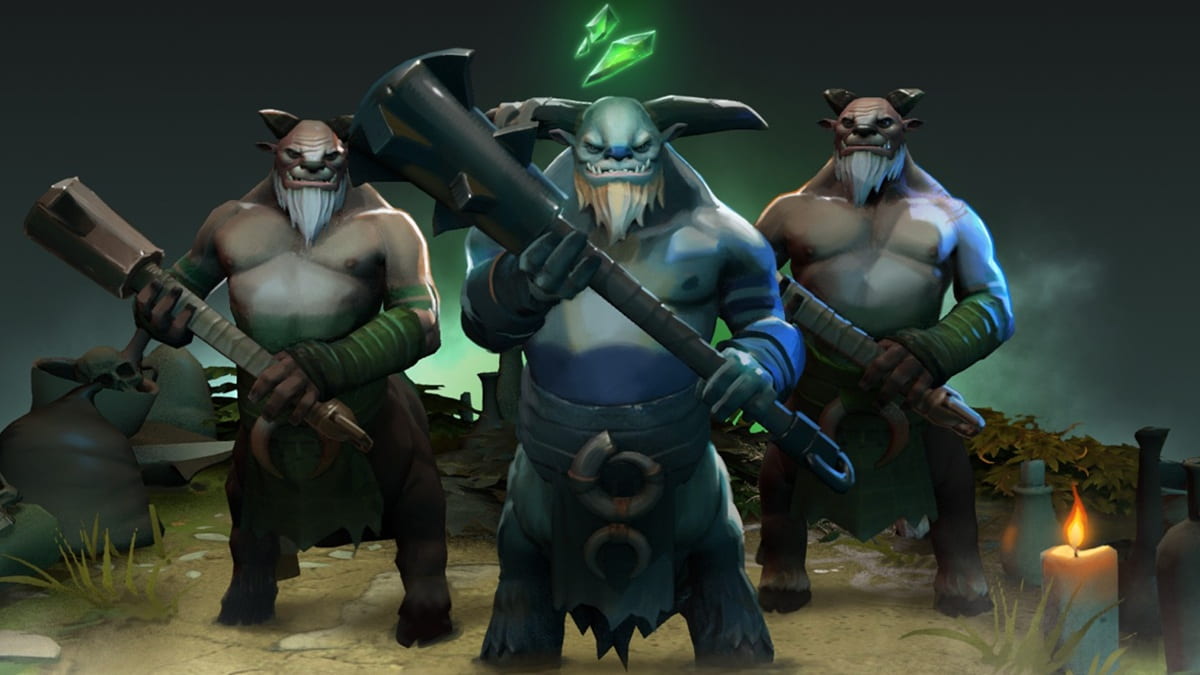
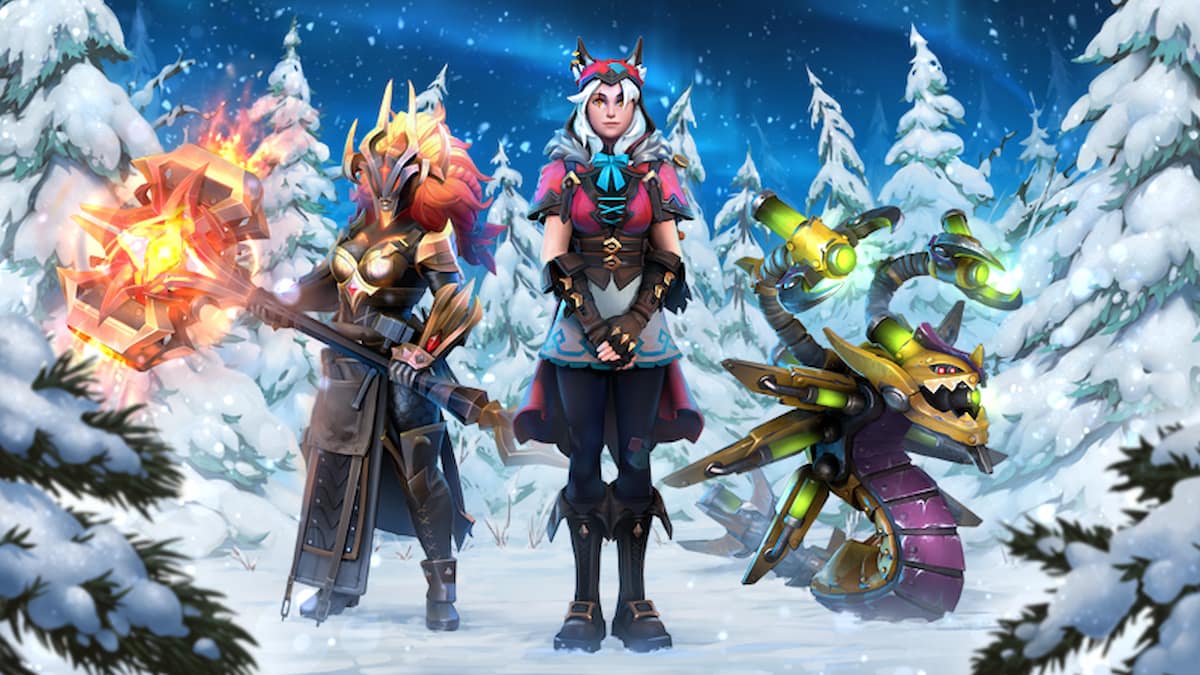
Published: Dec 24, 2017 12:55 pm